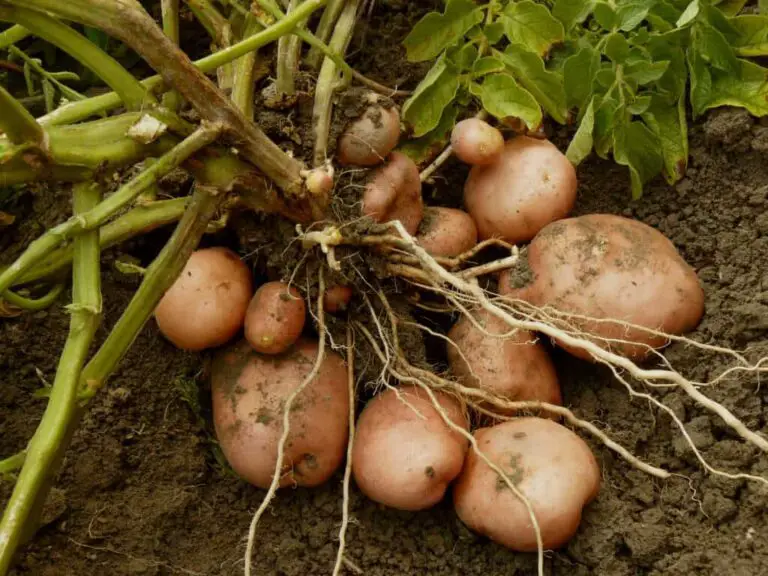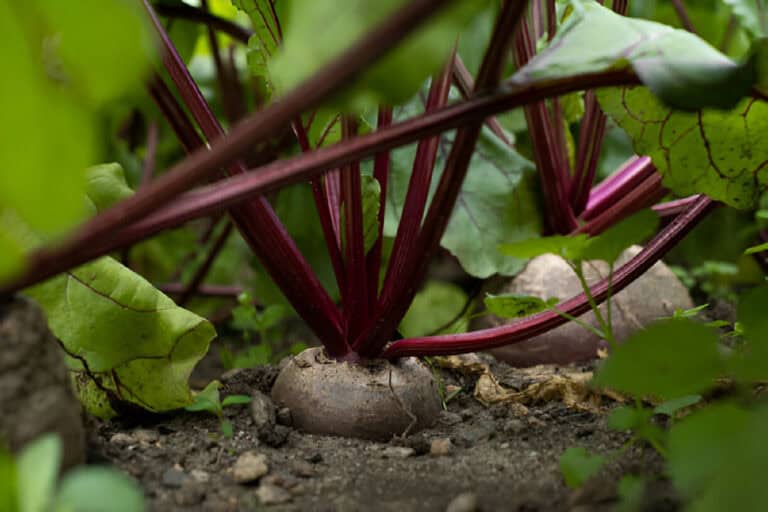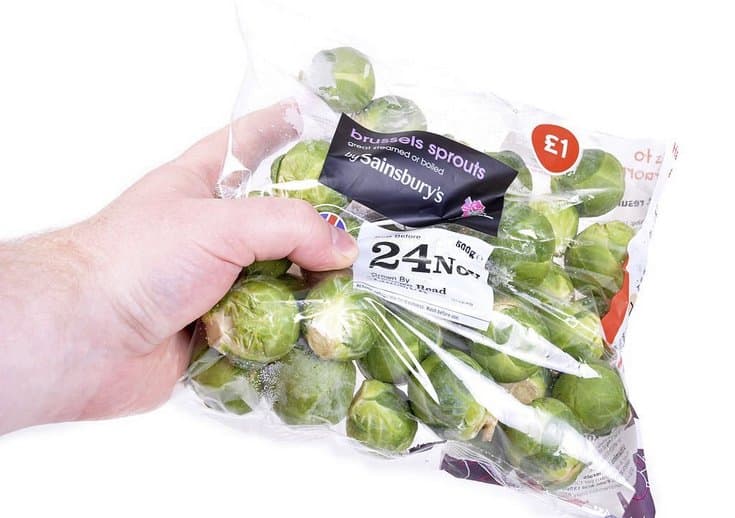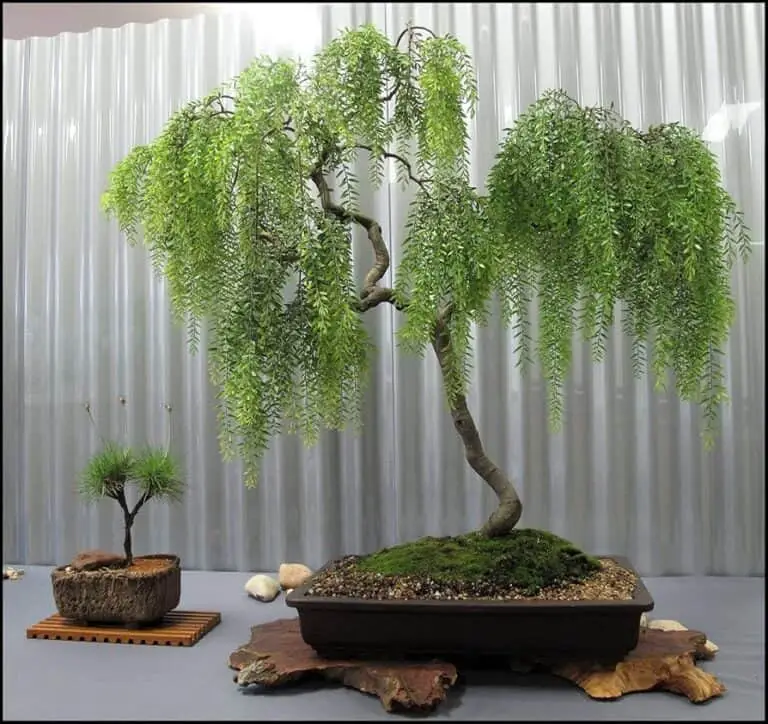Blue Beaked Yucca (Yucca Rostrata): Plant Care and Growing Guide

The Blue Beaked Yucca, otherwise known as the Yucca Rostrata or Beaked Yucca is a popular cactus/succulent plant native to the United States’ Southwest.
Best known for its low maintenance and slow growth, this cactus/succulent will likely liven up your house (or garden) with its blue-green-colored leaves. However, it will only thrive if you learn how to take proper care of it.
Fortunately, this is precisely what we’ll cover in this Blue Beaked Yucca Care Guide. So let’s dive in.
The basic care guidelines you need to remember for your Blue Beaked Yucca are the following:
- Water: The Blue Beaked Yucca needs at least weekly watering, or more in extreme heat, preferably with regular water.
- Light: Keep your Yucca Rostrata in an environment where it can receive full sun on a daily basis.
- Soil: Make sure to keep the Blue Beaked Yucca in soil with well-draining properties; so ideally, one that is made of sand and loam.
And that’s practically it! If you keep these three factors in check, your Blue Beaked Yucca will likely have all it needs for it to survive and even thrive.
The Unique Aesthetic of the Blue Beaked Yucca

The Blue Beaked Yucca (Yucca rostrata) is more than just a desert plant—it’s a bold design statement. With its fine, spiky leaves in a stunning blue-green hue, this plant creates a striking focal point in any garden or minimalist indoor space. The leaves form a rounded crown that looks both dramatic and elegant.
One of its most charming features is the flower stalk that rises above the foliage, producing creamy white, beak-shaped blossoms. These unique flowers not only give the plant its name but also add texture and seasonal interest.
Whether you’re creating a modern xeriscape or elevating a sunny corner indoors, the Blue Beaked Yucca adapts beautifully. Here’s how it fits in:
Perfect Settings:
- Outdoor: Rock gardens, desert landscapes, borders
- Indoor: Bright, dry corners with large planters
| Feature | Visual Impact |
| Blue-Green Foliage | Cool, sculptural color |
| Beak-Like Flowers | Seasonal contrast |
| Upright Growth Habit | Vertical structure |
This plant demonstrates that being drought-tolerant can still result in stunning beauty.
Scientific / Botanical Aspects
In botanical terms, the Blue Beaked Yucca belongs to the Asparagaceae family, the genus Yucca and the species Rostrata, hence its scientific (or botanical) name Yucca Rostrata (YUK-uh roh-STRAY-tuh).
As with other Yucca’s, the Blue Beaked Yucca is an evergreen plant, which means it will be present year-round in your garden.
Growing Region
The Blue Beaked Yucca is a plant native to the Southwestern Texas and northern Mexico. This explains why the Yucca Rostrata thrives in specific regions like the Southwest of the United States.
As a rule of thumb, we recommend always keeping in mind your plants’ native region and environment, since these are the conditions that your Blue Beaked Yucca is most accustomed to and thus where it can most favorably grow.
With this in mind, the Yucca Rostrata will be most used to the heat zones in the 7 – 11 region, as the plant hardiness level falls between 5b, 5a, 7b, 7a, 8a, 8b, 9b, 9a, 10b, 10a, 11b, 11a, 12b, 12a and the ideal climate zone is between 7, 8, 9, 10, 11, 12, 13, 14, 15, 16, 17, 18, 19, 20, 21, 22, 23, 24.
Growth and Size
Growth
In terms of size and growth, the Blue Beaked Yucca is a relatively slow grower, which makes things easy for any plant enthusiast.
Size
But, how big does the Blue Beaked Yucca actually get? What should you expect in terms of size? Let’s dive right in…
The Yucca Rostrata can grow up to 6′ – 15′ (180cm – 4.5m) in 6′ – 15′ (180cm – 4.5m) and 4′ – 10′ (120cm – 3m) in 4′ – 10′ (120cm – 3m).
Which is why this plant is considered a relatively large size for a cactus/succulent, so it’s best to keep that in mind since it will likely impact where you want it to be placed.
This is why experts recommend keeping an area of approximately 120″ (300cm) free, so the Blue Beaked Yucca can spread to its best extent.
Watering
In terms of watering, the Blue Beaked Yucca is a fairly simple plant to take care of. This is mostly because it has a straightforward watering schedule and somewhat regular watering needs.
Specifically, most experts agree that the Yucca Rostrata needs at least weekly watering, or more in extreme heat, preferably with regular watering. That is why it is considered a plant with relatively low needs in terms of water.
Generally, it’s important to maintain your Blue Beaked Yucca in soil that drains well, as this will ensure optimal growth and growth conditions for your plant.
When you consider this, this is why you should aim to choose soil that has good drainage and occasionally dry properties to keep the right moisture levels at all times.
In our experience, the famous ‘thumb’ or ‘finger’ test is what works best for the Blue Beaked Yucca since with it, you will be able to give it the right amount of water, every time – regardless of the environment or placement where you do decide to keep it.
Soil Mix
As mentioned earlier, the Blue Beaked Yucca prefers to have soil with good drainage, and occasionally dry properties at all times, reason why you need to make the soil mix out of sand and loam.
This is why most experts agree that the Blue Beaked Yucca requires soil with loam (silt), and sand, which will give you the right conditions it needs.
In addition to this, expert gardeners recommend having preferably alkaline, acid or neutral soil.
Light and Placement
In terms of light & exposure, the Blue Beaked Yucca, requires full sun in order for it to thrive under the right conditions. Most experts agree that this cactus/succulent will do well as long as you keep it in full sun and it will be able to grow properly.
Specifically, we recommend that you place your Yucca Rostrata in full and direct sun (more than 6 hours of direct sunlight per day).
Season
Being an evergreen plant, the Blue Beaked Yucca will be present year round in your garden. However, you can expect it to have its ‘prime-time’ during the spring (early, mid, late), the summer (early, mid, late), the fall, and during the winter.
Flowers
You can expect your Blue Beaked Yucca to flower around the spring months from April to June (spring). In particular, this cactus/succulent is well known for its showy flowers around the plant enthusiast community.
The Blue Beaked Yucca produces some beautiful white, or white flowers around this time of year.
Foliage
The leaves from the Blue Beaked Yucca have a beautiful blue-green color during most of the year.
In particular, they have a simple arrangement with an rosulate organization in its leaves. You can expect the leaves from your Yucca Rostrata to be around (> 6 inches) in size.
Attracts, Tolerance and Resistance
The Blue Beaked Yucca isn’t just visually striking—it also brings life to your garden. One of its charming traits is its ability to attract hummingbirds. The tall flowering stalks provide just the right kind of nectar these tiny birds love, adding movement and beauty to your outdoor space.
But this yucca isn’t all about looks. It’s tough—really tough. It thrives in harsh conditions that would stress out most plants. Whether your soil is rocky, sandy, or just plain dry, this plant holds its own.
It’s also impressively resistant to wildlife damage. Rabbits and deer usually leave it alone thanks to its spiky leaves and fibrous texture.
Feature Tolerance Level
Drought Excellent
Rocky/Dry Soil High
Rabbit & Deer Strong Resistance
Wildlife Attraction Hummingbirds love it
With resilience and beauty combined, the Blue Beaked Yucca is a low-maintenance standout in any landscape.
Garden
Does your Blue Beaked Yucca have any garden recommendations? Does it serve any gardening purposes? Here’s how you can get the most out of your new plant.
Some owners consider that they complement well most gardens of gravel and rock garden, city and courtyard gardens, and in Mediterranean garden styles.
In particular, the Blue Beaked Yucca’s best location within your garden is in beds and borders, and in patio and containers; others use it for landscaping in a rock garden, container, firescaping/firewise garden, or wildlife garden.
Conclusion
Even though we covered a lot of care information for your Blue Beaked Yucca, remember the basics: sunlight, soil and water, as these should be enough to grow a healthy plant at home.






